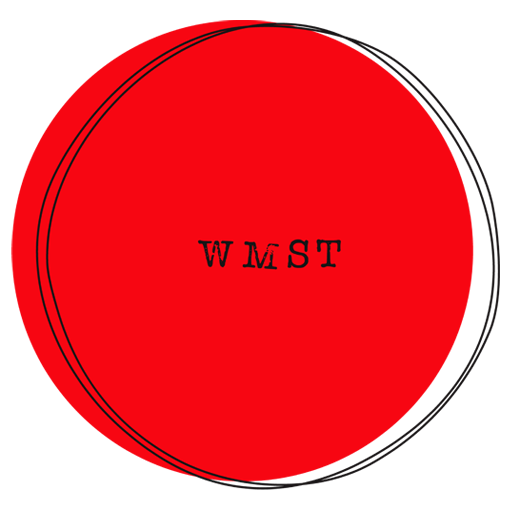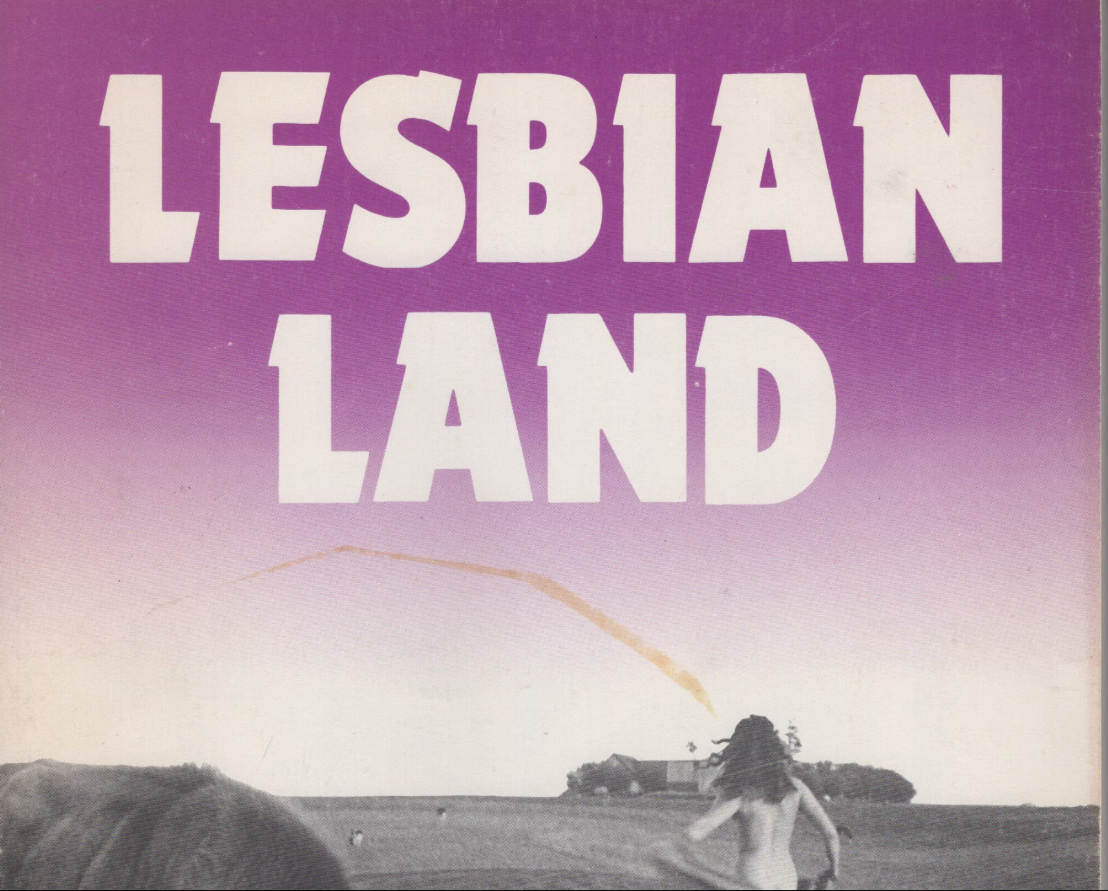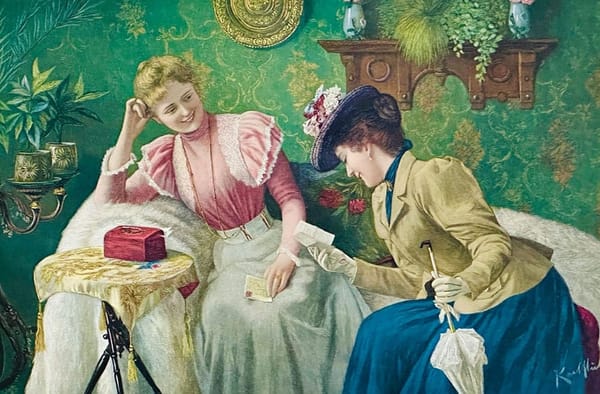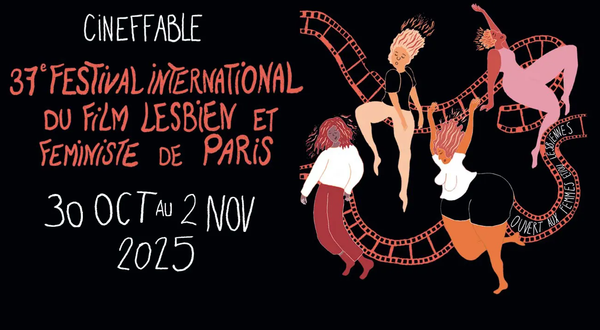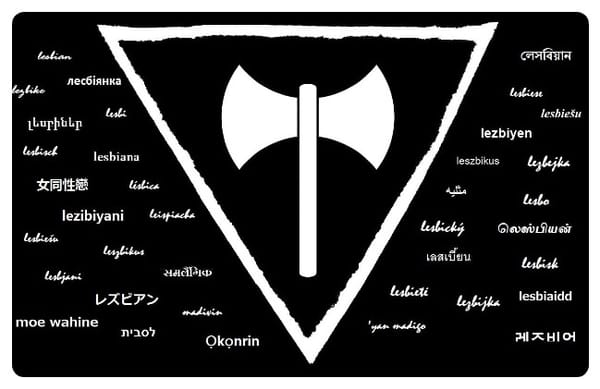Sapphic Circle is a space for lesbians to come together for thoughtful discussions on a variety of topics. We seek to build lesbian community through engaging in lesbian ideas, politics, media, and more!
What is Womyn's Land?
All over the world, since the 1960s, women have carved out spaces to intentionally live, heal and create together; to live out their feminism. The earliest womyn's lands were built around feminist ideals, which meant they were often communally built, owned and managed. Many of these early womyn's lands were founded by women with strong ecological values and through organic farming or creating animal sanctuaries, they put those values into practice. As the writing and knowing of women, by women, was gaining momentum at that time, many of these lands also had writing groups, printing presses, magazines and extensive libraries.
While the internal policies of these lands varied, what they all had common was a commitment to being women-centered and women-only. Most womyn's lands were not intended as lesbian only, but ended up that way simply because so many lesbians were attracted to their values and lifestyle. Many of the older womyn's lands that still exist are more accessible than you might think. Some offer a process for women to buy-in and join their intentional communities. Others host events open to non-residents or host travelers to come visit, giving women the opportunity to experience these sanctuaries for themselves.
The aim was a mode of living that respected the earth, eradicated class oppression, rejected paradigms of dominance, and regarded female biology as noble, even sublime. From casual nudity to consensus decision-making, the land-dykes overturned assumptions they’d inherited. They built their own houses, invented practices of worship, modified language, and attempted wealth redistribution. They loved each other fiercely, and insisted on a politics that began and ended with that love. (Archibald, 2021)
Evolution
Resourceful as they are, women have created and sustained these lands in many different ways. The genesis of womyn's land was the rise of feminist consciousness, on a large enough scale, that women could band together and communally buy property. As the feminist landscape changed and as women aged, this altered finances significantly, so women had to adapt. Some women bought houses strategically so that they could claim a section of a neighbourhood (The Pagoda, FL and Womontown, MO.)
There are some lands that are owned by an individual woman, that rent out rooms or homes. In cities in Canada and Spain, there are some women-only or lesbian-only co-ops. There are some retirement communities or resorts that are women only. While it's debated which of these should or should not be considered womyn's lands, these newer version carry on the spirit womyn's land; a woman-centered space to call home.
Some womyn's lands, such as Amazon Acres in Australia or HOWL in Vermont, are owned or co-owned by women, but do not have any full time residents. They are places of importance, with rich herstory, where women organize intentional gatherings, but no longer operate as the founders originally imagined.
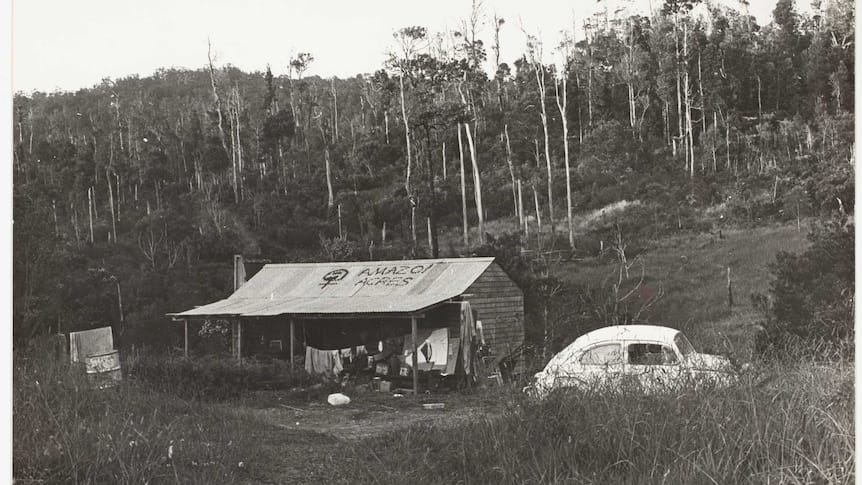
Separatism
"Feminist separation is, of course, separation of various sorts or modes from men and from institutions, relationships, roles and activities that are male-defined, male-dominated, and operating for the benefit of males and the maintenance of male privilege – this separation being initiated or maintained, at will, by women" (Frye, 1977)
The concept of a place, built around the needs and values of women, closed off to men, is the embodiment of separatism. There is something indescribable about women taking up their own space, on their own terms, and not in relation to men. The ability to heal, imagine and exist surrounded by women, is something sacred that most women can't imagine until they experience it for themselves. It gives them the freedom to take a women-centered mindset with them, wherever they go.
The fact that womyn's lands survive to this day is a testament to the endurance of women-only space and the possibilities that emerge when women live their feminist and ecological values in intentional ways. It is vital for feminism. It is not a theory, but a fact, that women can thrive without men. When feminist projects hit roadblocks and lesbian community fractures, the endurance of womyn's lands serve as a beacon of hope. Women have persevered in the face of all sorts of adversity, to stand in our own truth, and this continues to be evident on womyn's lands across the globe.
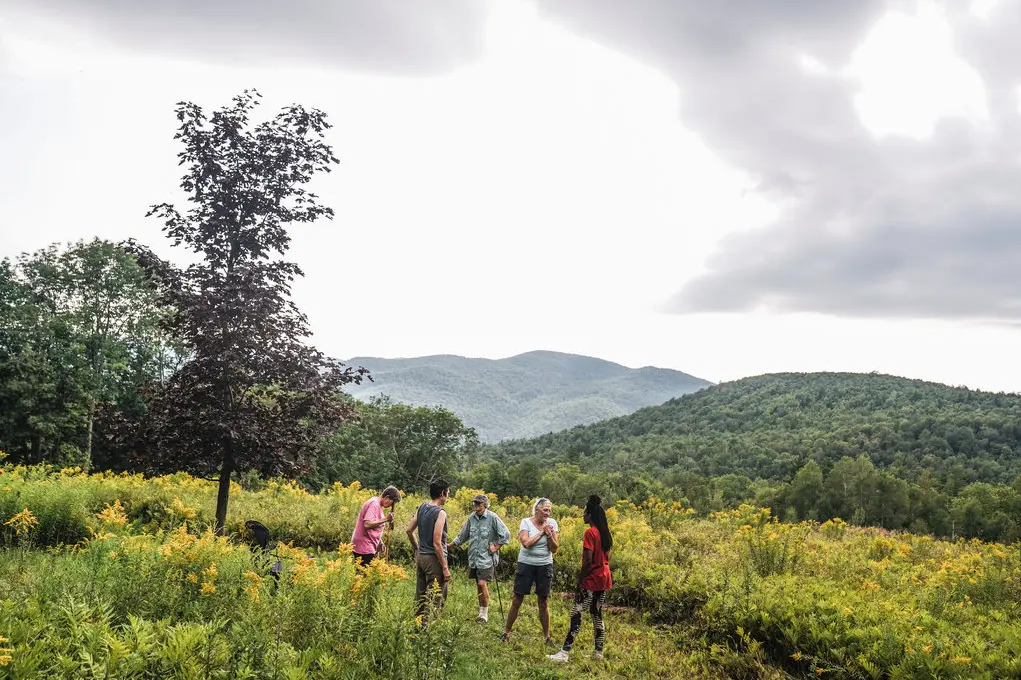
Questions To Consider
- Have you ever been to a womyn's land? What was that experience like?
- What would you hope to gain from visiting a womyn's land?
- What do you think makes womyn's lands accessible or inaccessible?
- Why are womyn's lands important to women, individually and collectively? What gifts and possibilities do they offer women? What challenges do they pose?
- How are womyn's lands continuing to evolve?
References
Archibald, Sasha. (2021, February). On Wimmin's Land. Places.
https://placesjournal.org/article/on-wimmins-land-the-heartland-of-lesbian-separatism/?cn-reloaded=1
Mushroom, Merril. (2023, November 7th). The Pagoda: A Lesbian Community by the Sea–Interview with the Book’s Author, Rose Norman. Southern Lesbian Feminist Activist Herstory Project.
https://slfaherstoryproject.org/the-pagoda-a-lesbian-community-by-the-sea-interview-with-the-books-author-rose-norman/?highlight=pagoda
Woodson, Sandy. (Producer). (2022) Womontown. [film] PBS.
https://www.kansascitypbs.org/local-shows/womontown/
Souter, Fanella. (2019, July 29th). 'No men, no meat, no machines': How a band of women tried to forge a female utopia. ABC News.
https://www.abc.net.au/news/2019-07-30/history-of-amazon-acres-nsw-community-female-only/11095974
Frye, Marilyn. (1983). Some Reflections on Separatism and Power. Crossings Press.
Raphael, Rina. (2019, August 4th). Why Doesn’t Anyone Want to Live in This Perfect Place? The New York Times.
https://www.nytimes.com/2019/08/24/style/womyns-land-movement-lesbian-communities.html
FAQs & Code of Participation
If you have questions, please read over Sapphic Circle's Frequently Asked Questions and review our Feminist Code Of Participation.

